When preparing for a trip, one of the first things you need to consider is luggage, but there are so many different types and styles of luggage on the market that it can be difficult to choose. To avoid regretting choosing the wrong luggage in a hurry, it is important to do your homework before buying.
What are the factors to consider when choosing luggage?

When choosing luggage, you need to consider the number of days you will be travelling, durability, material, destination and so on.
Factor 1: Luggage size
The size of a suitcase is generally between 16 and 32 inches.
The size of a boarding case is about 20 inches or less, like the Airwheel Smart Luggage, which is suitable for about 2 to 4 days of travel. Most of the suitcases can be taken on board as carry-on luggage, which reduces the waiting time for checked luggage and is therefore very convenient for business travel. It can also be used for short trips or when you have a lot of stuff on the go. A boarding suitcase is a versatile luggage that can be used for many occasions!
A medium-sized suitcase of around 22 to 26 inches, such as the Airwheel SE3T, is suitable for a trip of around 5 to 7 days. The most common size of luggage found at airports is the medium-sized suitcase, which can be used for both short and medium to long trips. Medium-sized suitcases have plenty of space, so you can carry heavy, warm clothes in winter, when clothes take up a lot of space, or to colder places.

The large suitcase is approximately 28-32" and is suitable for trips of approximately 7 days or more. Ideal for long journeys or for checking two people's luggage together, especially for people who need to carry a lot of clothes. However, the size and weight are relatively large and heavy. Smaller women or elderly people may therefore find it more difficult to pull the suitcase. It is also important to avoid overloading the suitcase with too much luggage.
Factor 2: Luggage material
The material of the exterior of the luggage can be broadly divided into two types, hard shell and soft shell. These two types of luggage are very different in appearance and have very different characteristics.
Hard-shell luggage is made of hard plastic or carbon fibre, which is strong and waterproof, and has a solid locking function, making it more secure.
Soft-shell luggage is usually made of soft fabric, which is lighter and cheaper. As the fabric is stretchable, it can be stored better than a hard shell, making it ideal for thicker items or when there is a lot of luggage to carry.
Factor 3: Destination

Depending on the destination of your trip, there are different points to consider when choosing your luggage. For example, if you are going to the USA, you will need a suitcase with a security lock called a TSA lock. TSA locks are locks approved by the Transportation Security Administration (TSA) and can be unlocked by TSA staff with special tools in certain circumstances. In the United States, which is heavily guarded against terrorist attacks, if a lock other than a TSA lock is present on a suitcase, the lock will be broken in order to inspect the interior of the baggage. Therefore, if you are travelling to the USA, it is best to use a suitcase with a TSA lock approved by the US Transportation Security Administration or to check your luggage unlocked.
Depending on your destination, it is also important to check the number of wheels on your luggage. Generally speaking, a 4-wheel suitcase is easier to move around. However, in Europe, where there are many rough and stony roads, a 2-wheeled suitcase is easier to move, so check the road conditions at your destination beforehand.
Factor 4: Carrying regulations

Whether or not you need to carry your suitcase in the cabin is one of the key points to consider when choosing your luggage. This is where you might want to consider the Airwheel Smart Carry-on luggage. Most airlines (for aircraft with 100 seats or more) require carry-on luggage to be less than 115cm in length, width and height combined, and 55x40x25cm in length, width and height. By bringing your suitcase on board, you will save time in checking in your luggage and waiting for your luggage to be collected from the luggage conveyor belt upon arrival. It also allows you to keep your carry-on luggage with you, without having to worry about the security of your luggage, and is suitable for people carrying delicate equipment or fragile items. However, special attention should be paid to the weight limits and the rules relating to contraband in boarding cases.
What are the essential accessories for luggage?
When shopping for luggage, it is appropriate to buy accessories together with it.
Luggage straps: In case the lock is loose or broken, a luggage strap can prevent the luggage from opening completely. Checked luggage can sometimes be handled very roughly, so it's a good idea to attach a luggage harness.
There are also a variety of luggage straps available in different colors, patterns and brands, so you can find your suitcase quickly at airports, stations, hotels and other places. Especially when travelling to the USA, it is a good idea to use a TSA lock with a luggage harness.

Luggage weighing meter: souvenirs, shopping and so on can add up when you return from a trip. Have you ever had to check in your luggage at the airport counter on your return journey and been charged extra for overweight luggage? To prevent this from happening, you can avoid being charged for overweight luggage by having a baggage scale.
Most of the scales used for luggage are small and simple in construction.
Luggage covers: Luggage covers are also a good option, as they prevent the outside of your luggage from being scratched directly. In addition, if you are caught in a sudden rainstorm, for example, a luggage cover will protect the luggage from direct water ingress.
Most importantly, you will be able to identify your suitcase at a glance, which is a great advantage of using a luggage cover. However, be aware that when travelling to the USA, it is possible for the luggage cover to be cut straight through during baggage inspection, so remember to remove it before you fly.
Luggage tags: These are like name tags for your luggage, so that you can find your luggage quickly if it is missing after you have checked it in. If you attach a tag to your luggage, it will be an important clue if your luggage is lost. However, try not to choose a name tag that can be seen from the surface, as occasionally the name on the tag can be read by someone with an ulterior motive and lead to a scam, so it is better to choose a tag that covers important information.

Problems with luggage in use
Problems are inevitable when travelling. It is not uncommon to hear about broken luggage, missing luggage or overweight luggage. However, if you know how to deal with them beforehand, you will be able to handle them calmly. So that you don't get nervous when you run into trouble and can continue to travel happily, let's talk about the common problems with luggage and how to deal with them.
What should I do if my suitcase is damaged?
One of the most common problems with luggage is damage to your luggage. When you go abroad and see your suitcase broken from the baggage carousel, your travel mood immediately drops to the bottom. Checked luggage at the airport can sometimes be handled very roughly and although the chances are low, there are still cases of broken luggage.
In order to have peace of mind in the event that your luggage is damaged, consider taking out travel insurance before you travel, as this will provide you with compensation in the event that your luggage is damaged. In addition, if you find that your luggage is damaged when you collect it, you should immediately report the damage to your airline, because if you only discover the damage after you leave the airport, it will be assumed that you caused the damage yourself. Depending on the circumstances, the airline may be able to compensate you for the damage, or if the compensation is approved, they may be able to repair it for you directly.

If you choose a suitcase with a sturdier shape, you may be able to avoid the above problem. It is therefore important to choose a suitcase that is sturdy and durable.
What should I do if I lose my checked luggage when I go abroad?
When you go abroad, sometimes your checked luggage can go missing and losing it can greatly affect your entire trip. Most cases of lost luggage are due to ground staff forgetting to put it in the baggage compartment or putting it in the wrong compartment, but rarely is it stolen. Therefore, in most cases, suitcases can be recovered if handled properly, so please handle the situation calmly!
If you do not find your luggage immediately, please fill out a lost luggage report form and ask the airline ground staff to contact you as soon as they find it.
If you don't find your luggage immediately, fill out a lost luggage report form and ask the airline ground staff to contact you as soon as they find it. Also, please communicate with the ground staff so that they can send your lost luggage to the hotel you are staying at. Also, pack a day's worth of clothes and essentials in your carry-on luggage so that you can be safe in the event that your luggage is lost.
So, apart from your suitcase, it is also a good idea to pack a bag that you can take with you when you travel.
What should I do if my suitcase is overweight when I go abroad?

According to recent airline regulations, there are many more cases where you can check two bags at the same time for long distance travel. The weight limit also varies depending on the airline and the class of travel chosen. In economy class to the USA or Europe, it is possible to take 20kg of checked baggage, and sometimes it is possible to check in baggage up to 10kg overweight. However, if there are more passengers or if the check-in counters are busy, you may be charged an additional fee for overweight.
If you are going abroad and are charged for overweight luggage, it is more cost effective to take out the overweight luggage and send it by post. According to airline regulations, the excess baggage fee is approximately 1.5% of the economy class fare. There are usually post offices at airports, so if you are concerned about the cost of excess baggage, you can also consider sending it by post.


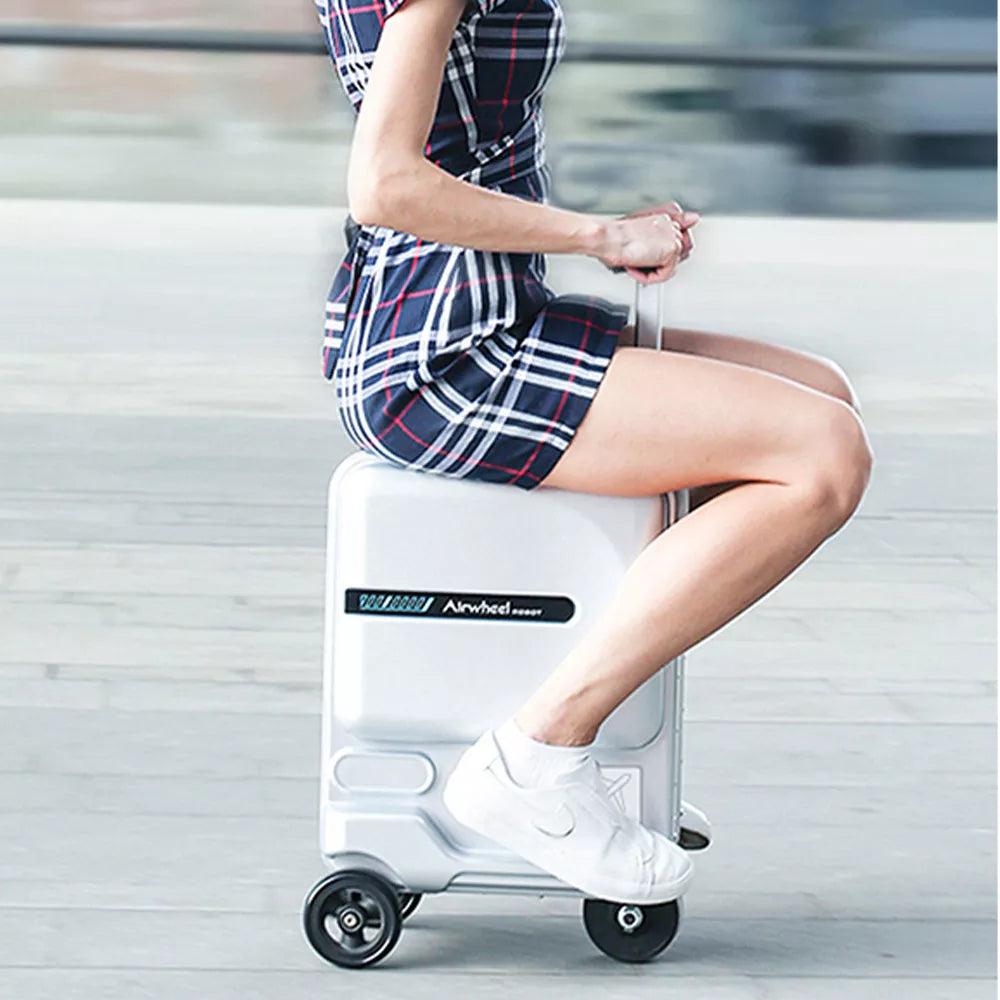


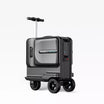

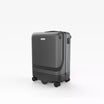
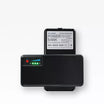
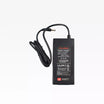






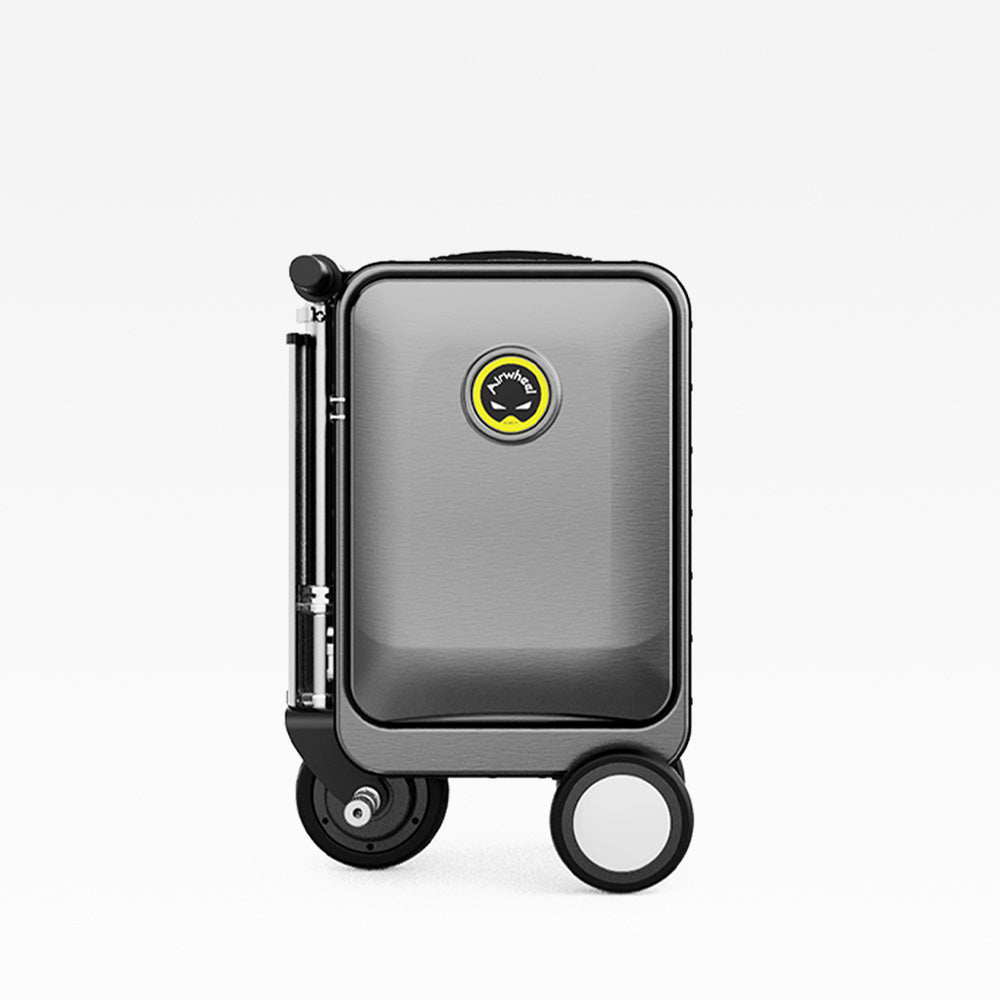

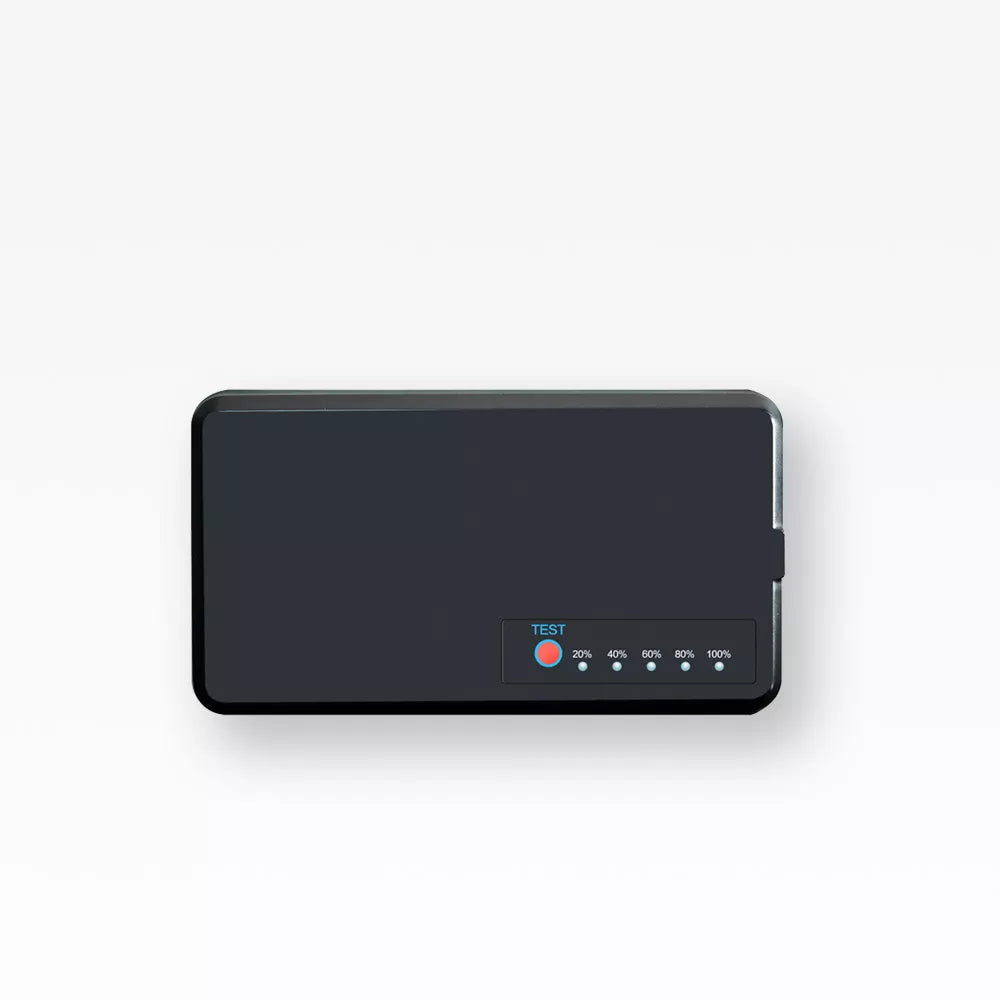

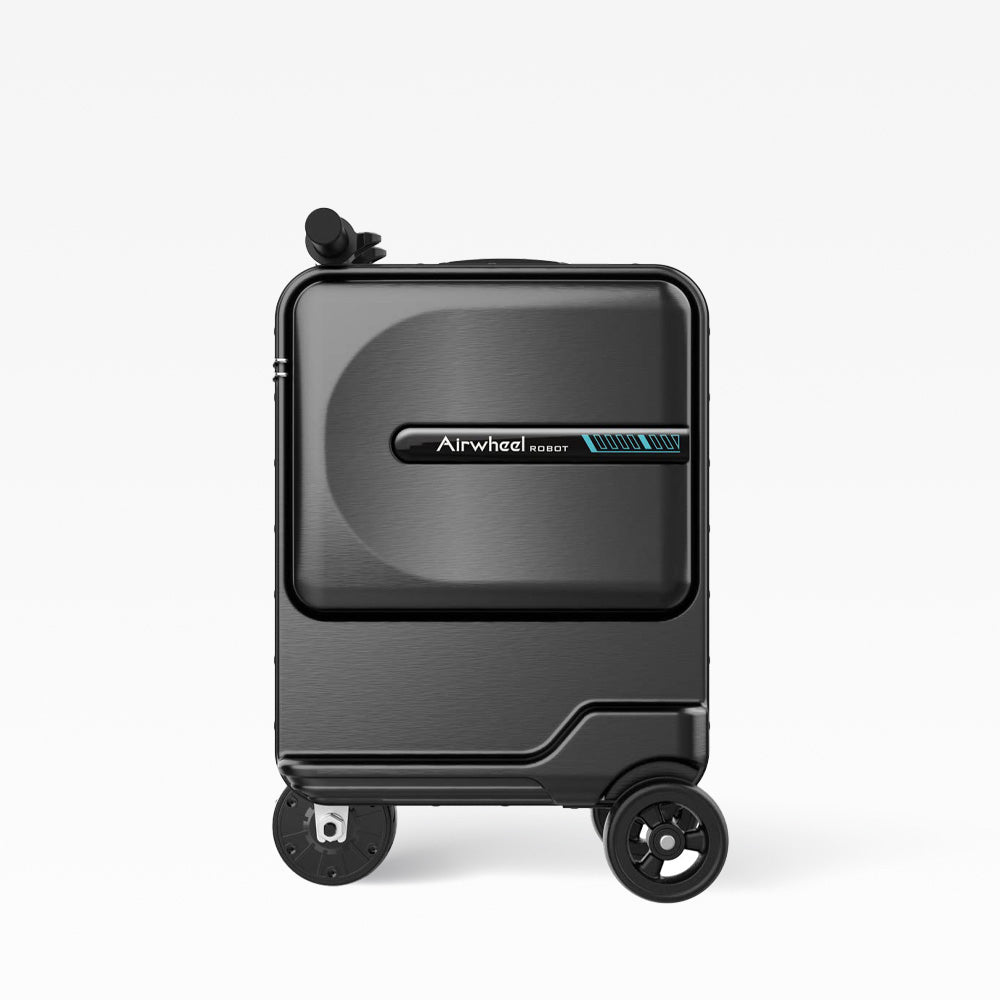
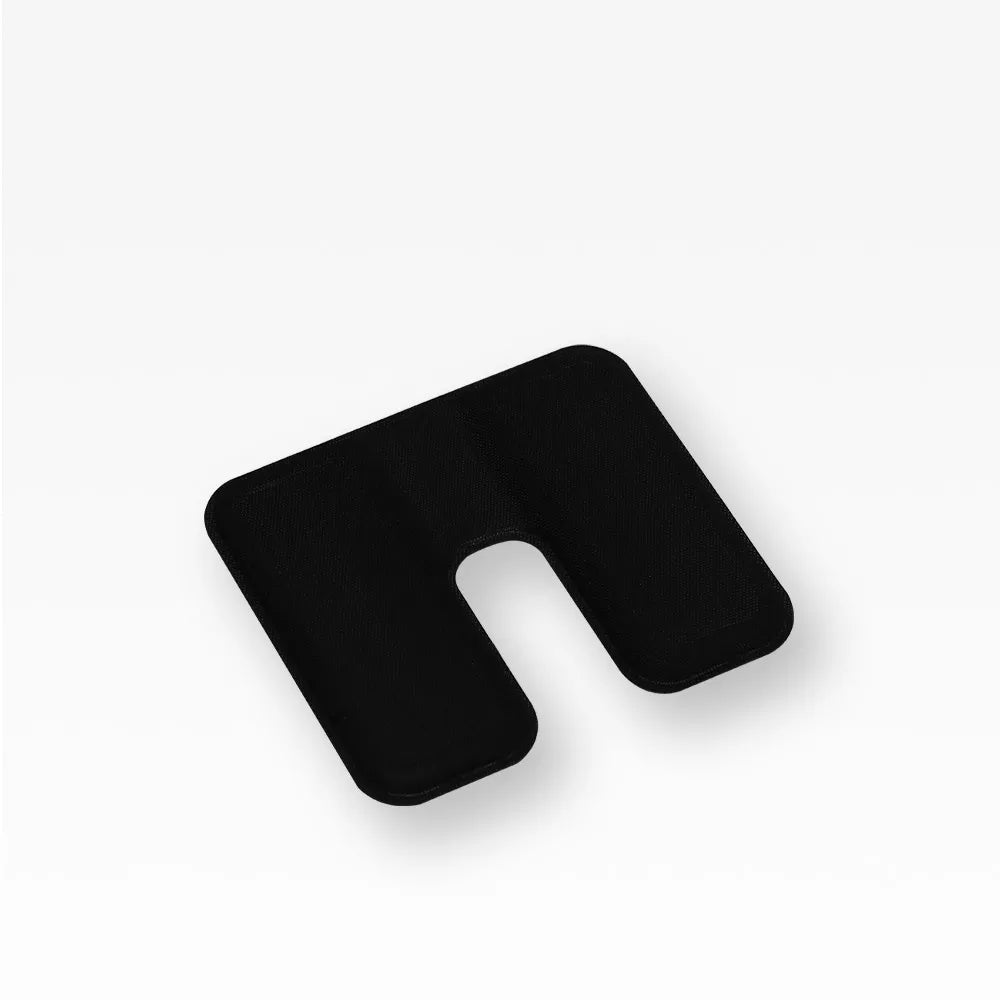
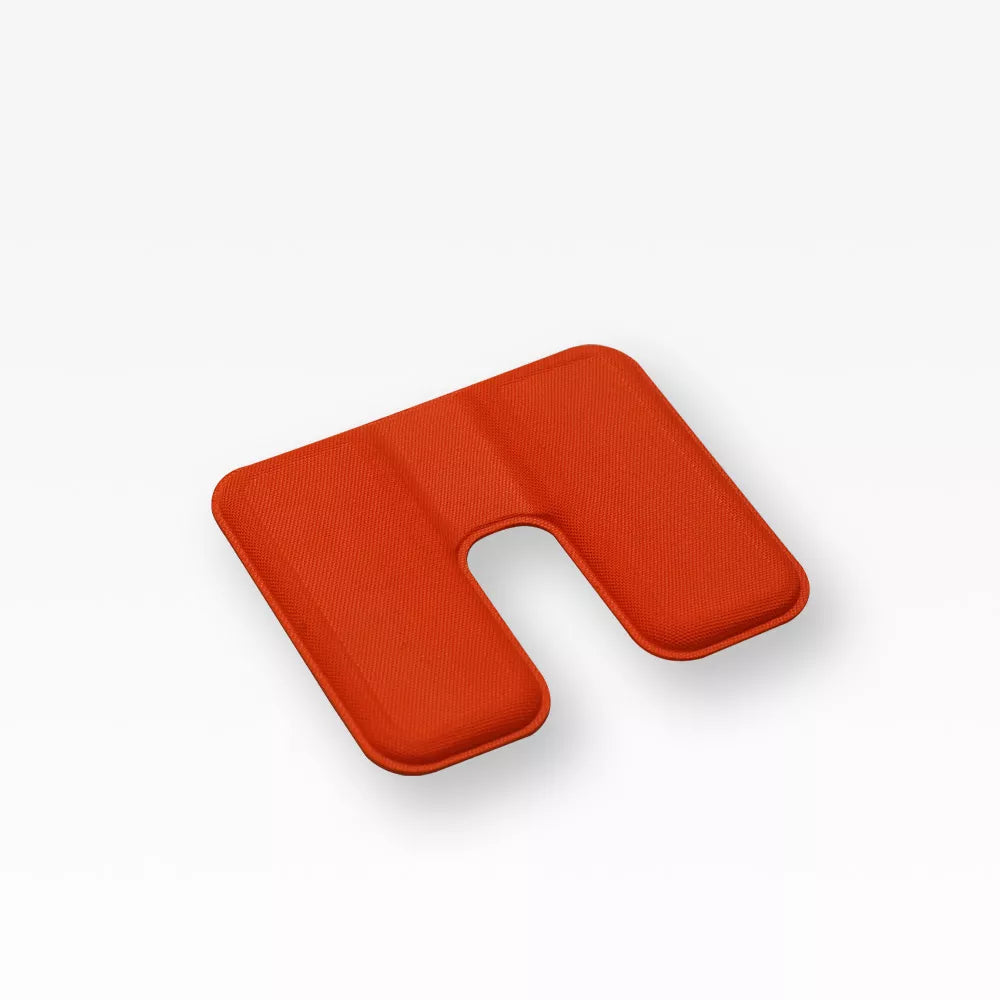





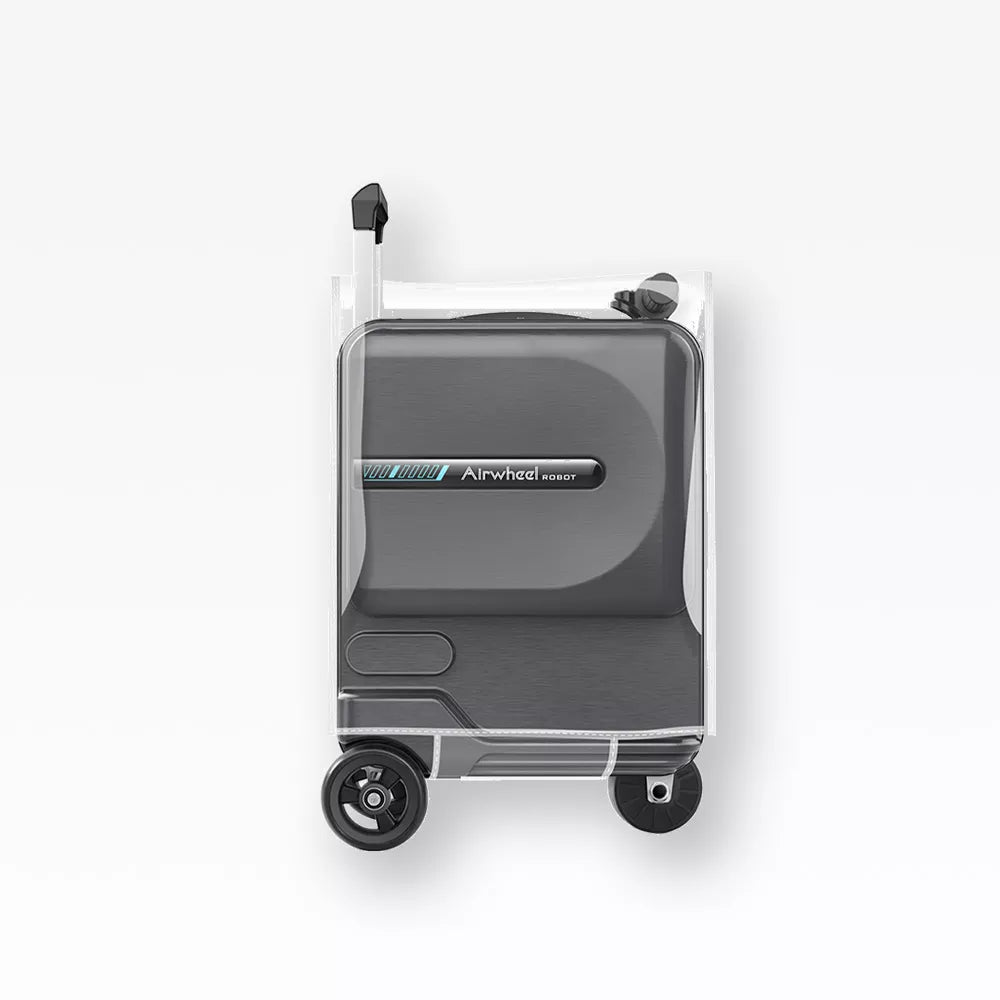
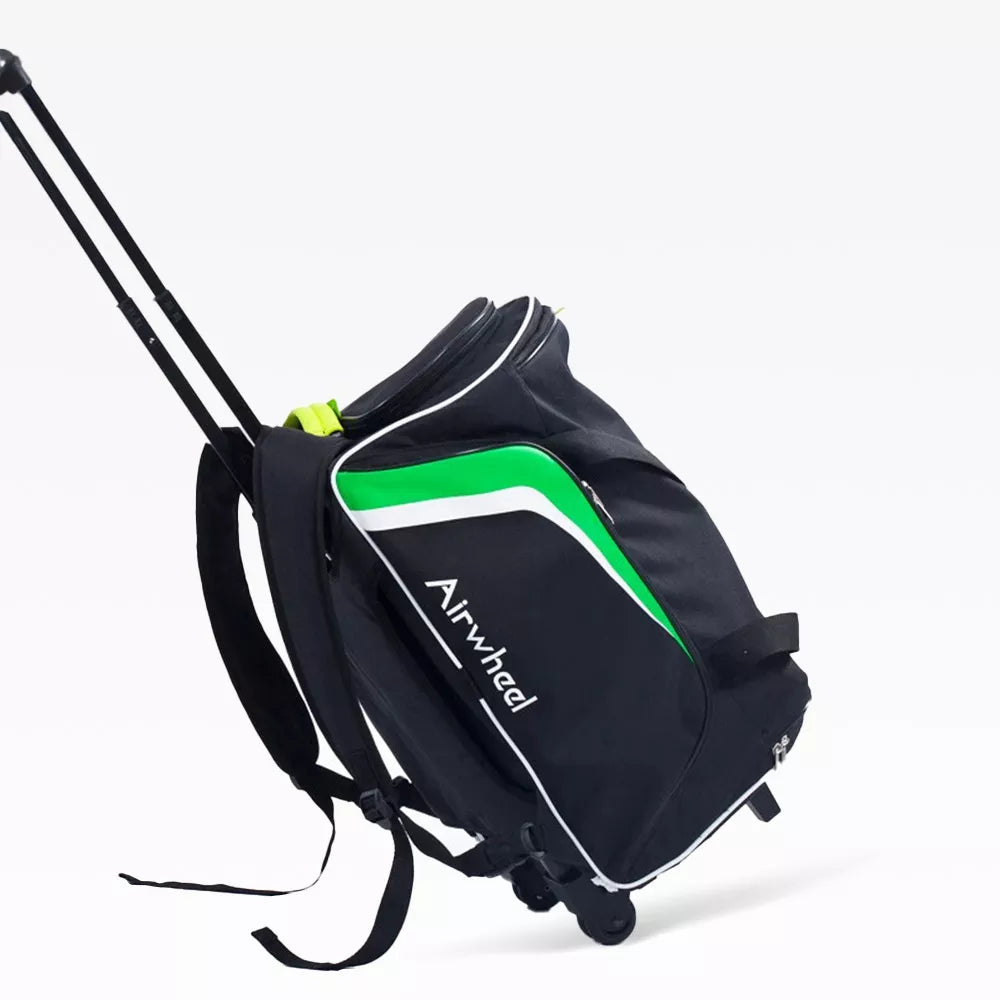
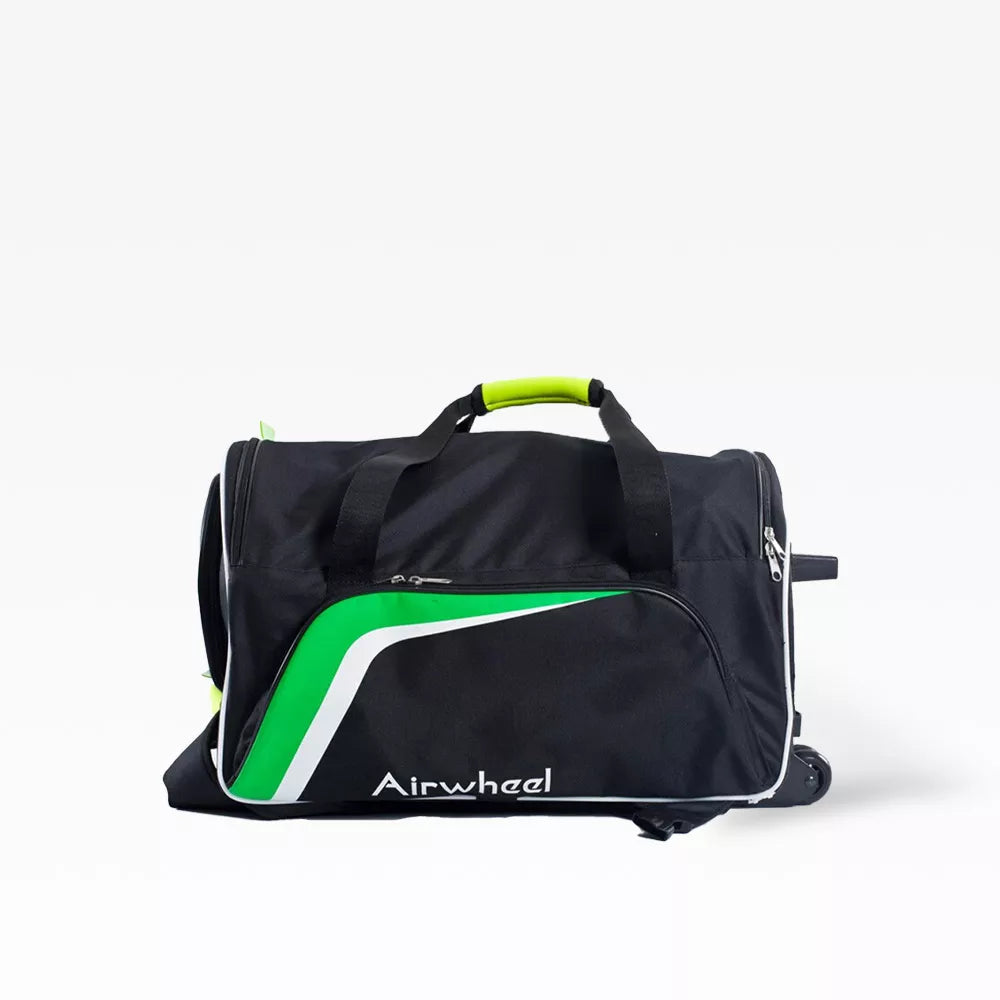

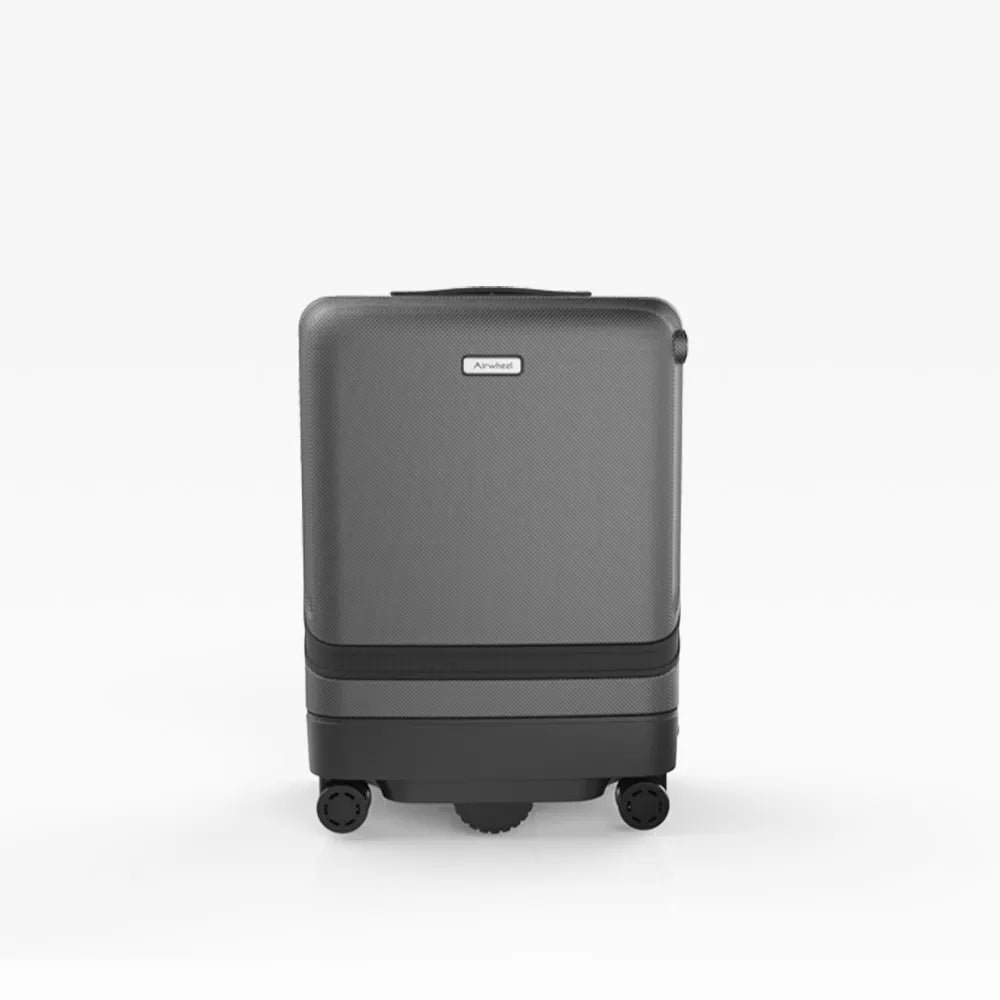
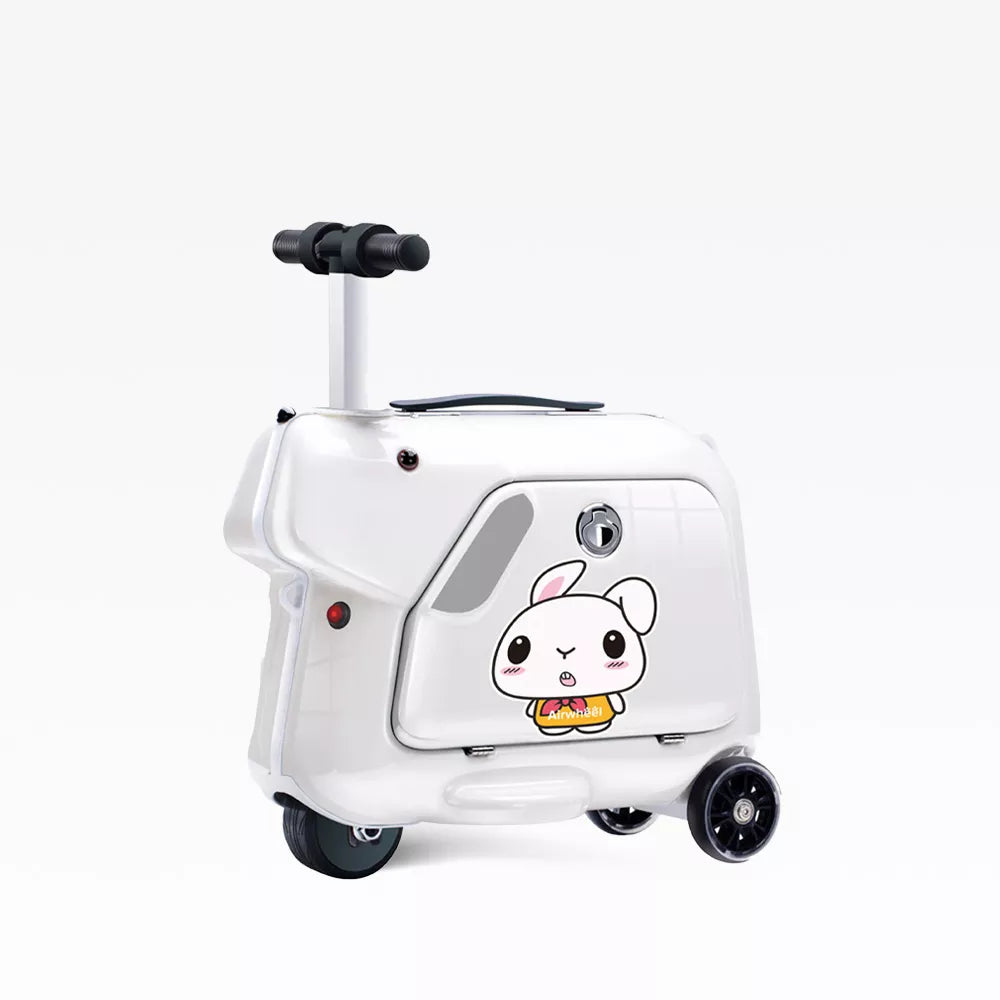

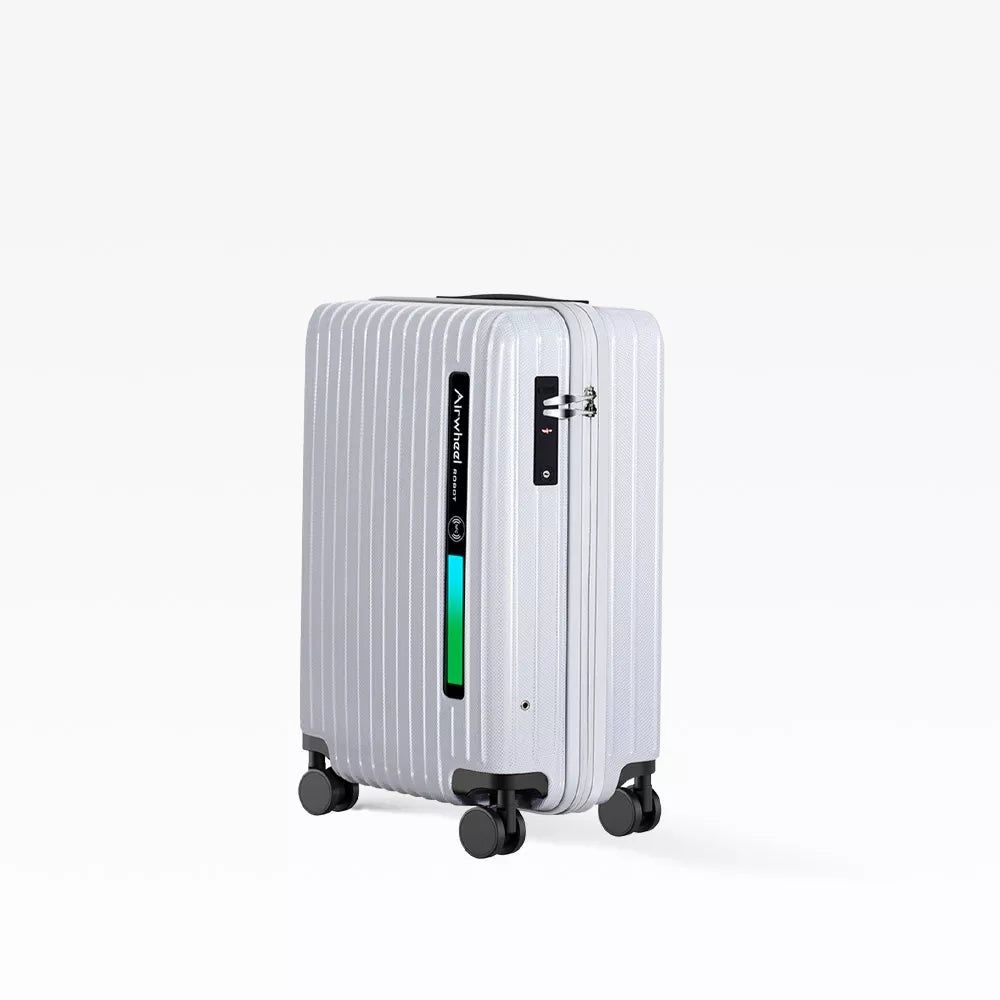
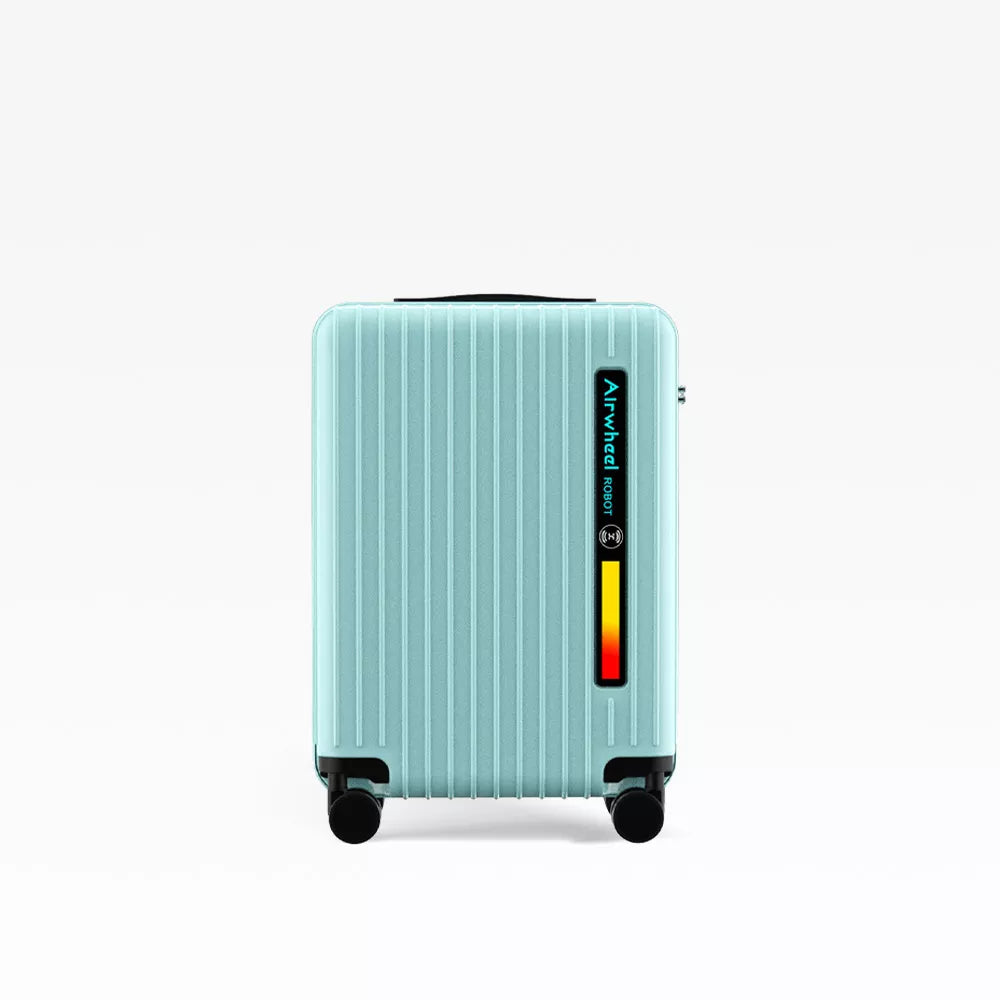
Dejar un comentario
Este sitio está protegido por hCaptcha y se aplican la Política de privacidad de hCaptcha y los Términos del servicio.